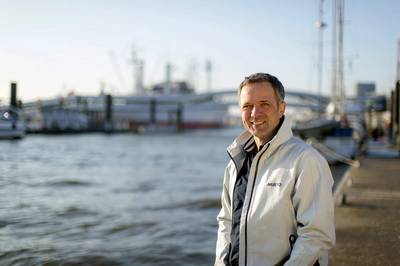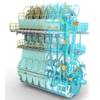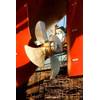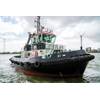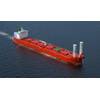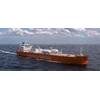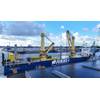Wind-Assist Retrofit Market Ratcheting Up
A surge in industry interest combined with systems builders and yards scaling up production and installation capacity, is set to accelerate growth in orders for wind-assisted propulsion systems (WAPS), says DNV in a new whitepaper that examines the technologies, their onboard implementation and potential fuel savings.
There has been a rapid uptake of WAPS in the global fleet since 2021, with 52 seagoing ships now in operation and 97 newbuilds with WAPS in the orderbook (as of January 2025).
Retrofitting WAPS is possible for almost any ship with sufficient deck space and unobstructed airflow. However, vessels with WAPS integrated into the design offer even greater opportunities for optimization. Currently, 75% of the WAPS fleet are retrofits, primarily tankers and general cargo vessels. Rotor sails have been the preferred technology for the bulk and tanker sectors (54% share of systems installed), while suction sails are the main choice for general cargo ships (67%).
Hasso Hoffmeister, Senior Principal Engineer at DNV, stated: “Current WAPS technologies use advanced control and automation systems, combining aerodynamics, automation, computer modelling and modern materials. Today, these technologies are not widely adopted but show significant promise as a component in hybrid propulsion systems. Looking ahead, we might see the first pure wind powered modern large cargo vessel, Orcelle, contracted in the next few years.”
The whitepaper includes two case studies: a generic general cargo ship of 3,600 DWT operating purely in European waters and a generic Kamsarmax bulk carrier operating on worldwide trades with around 20% of the time in European waters.
Drivers behind the rapid WAPS uptake are also tied to economic benefits of complying with current and future regulations like the Energy Efficiency Design Index (EEDI), Efficiency Existing Ship Index (EEXI) and upcoming IMO regulations that set CO2 emission requirements for new and existing ships. WAPS can help meet these requirements through a correction factor as well as improve Carbon Intensity Indicator (CII) ratings by reducing fuel consumption.
DNV published the first class notation for ships using WAPS in 2019. This notation is supported by the ST-0511 “Wind Assisted Propulsion Systems” certification standard. DNV’s “WAPS Ready” notation, which uses a modular approach to verify compliance for future WAPS installations and DNV’s new recommended practice (RP), which proposes an on/off methodology to measure performance, will be updated in 2025.


